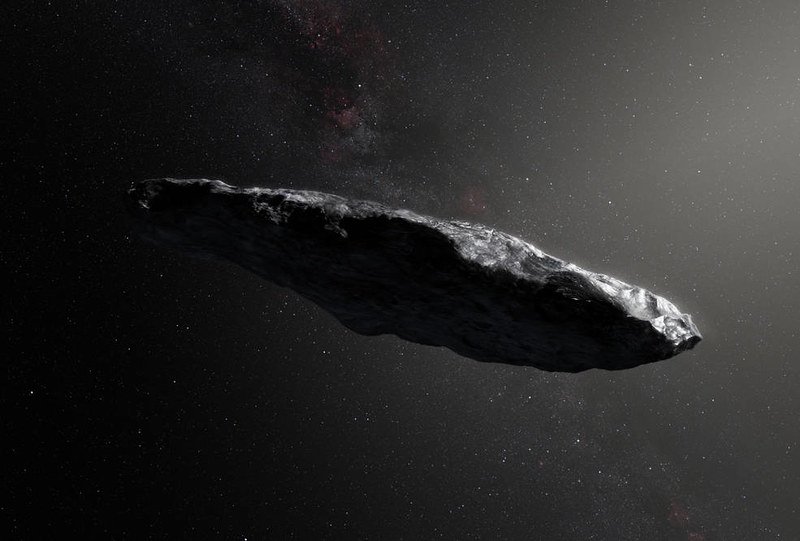What is a great attractor?
The scientific discoveries concerning the expansion of the universe have indicated the notion of how gravity works, which also contributed to the development of the science domain, which is known as Astrophysics. However, the term great attractor might add a new dimension to space-related discovery, which could change the pattern of observation by which scientists who are working in various renowned space agencies could perceive the universe and uncover hidden mysteries about our observable universe.
As of now, the attractor is highlighted as a region of gravitational force in interstellar space and the outward central gradational point of the “Laniakea Supercluster” of various galaxies that includes our own Milky Way galaxy along with around 100,000 other galaxies as well. The gravitational attraction signifies a localized concertation of mass, which orders of significant amount of gravitational force between several galaxies. On the other hand, the great attractor region concealed by the Milky Way’s galactic plane resides behind the “Zone of Avoidance” (ZOA). Therefore, it is difficult to observe the gradational anomalies caused by great attractors since ZOA restricts the visible wavelength of light.
Shading some more lights about the great attractor
The attractor could be observed by its effect on the movement of various galaxies and their related star clusters over the region of millions of light years across the vast interstellar region. The galaxy clusters are observed above as well as below the ZOA, and all are redshifted in relation to the Hubble flow, highlighting that they fall under the Milky Way. Nevertheless, the differences in their redshift are huge enough to identify that galaxies are slightly drawn towards the gravitational attraction induced due to the existence of a great attractor region.

The dissimilarities in their redshifts are also recognized as “peculiar velocities”, which are distinguished by their angular deviation from the actual direction to the great attractor. The mass of a massive interstellar object has had a great influence on the gravitational pull and its direction, and in the case of a great attractor which has a significant diameter might attract various supermassive staler objects, and the nature of this kind of interstellar phenomenon yet to be discovered by scientist and asteroid physicists to uncover the hidden mystery behind this kind of strange comic phenomenon.
Great attractor region
The great attractor is widely characterized by a region in space where gravitational attraction is inclined towards the central gravitational focus point of the “Laniakea Supercluster” of a multitude of galaxies that includes our Milky Way galaxy as well. The initial signs of a deviation from uniform expansion of the universe were described in the year 1973, and the actual location of this phenomenon was thoroughly evaluated in the year 1986.
The observation of the great attraction phenomenon is found to be challenging, particularly when staler objects are located in the direction of ZOA, which is a part of the night sky covered by our Milky Way galaxy. Due to this, the reason it is very challenging to study the X-ray and visible wavelengths which are come from the great attractor region.
The proposed “Laniakea Supercluster” highlights the great attractor’s basis, and it encompasses about four main galaxy supercluster of “Hydra Centaurus” and Virgo and widths across 500 million light years. Since it is not dense enough to be bounded by gravity, it should be scattered as the expansion of the universe, but it is instead attached by a gradational focal point. As a result, the great attraction would be the centre of the new supercluster, and according to many scientists, this interstellar phenomenon is yet to be understood and unfolded, which could add new demotion regarding our understanding of the universe, which is governed by laws of physics.


